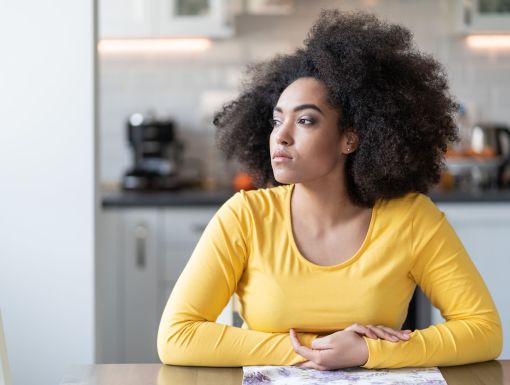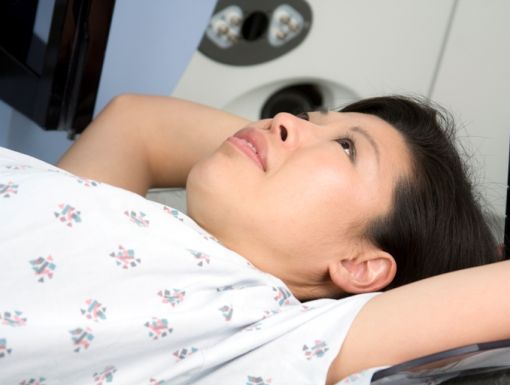
What Are the Side Effects of a Colposcopy?
We know going in for an annual gynecologic visit probably isn’t your favorite thing to do. Nerves can sometimes be high, and those nerves might be made worse if, after your annual visit, you are told you need something called a colposcopy. You may be wondering what a colposcopy is and what are the side effects?
During your regular gynecologic visits, your doctor performs a Pap smear to check for abnormal cell growth on your cervix. If, after getting a Pap smear, the results show some abnormal cells, your doctor may decide to do a colposcopy. The colposcopy may help your doctor understand these abnormal cell changes better, and it’s important to examine these cell changes in case they are pre-cancerous or cancerous. Additionally, if you tested positive for HPV, a colposcopy could help confirm and diagnose potential problems. HPV, or human papillomavirus, is a virus that may increase your risk for certain types of cancer, including cervical, vaginal and vulvar cancers.
What happens during a colposcopy?
First, your doctor will insert a speculum to open the vaginal walls and visualize the cervix, like when you have a Pap smear. Then, your provider will wash your cervix with a vinegar-like solution. Next, the doctor uses a special magnifying device called a colposcope to get a good look at your cervix. The colposcope is not inserted into the vagina. The device includes a light that shines into the vagina onto the cervix. Your doctor can get a much better look at your cervix with a colposcope than with the naked eye.
If your doctor sees concerning cells, they will do a biopsy, meaning a tiny piece of tissue will be removed and then sent to a lab for examination. If the suspicious area is small enough, your doctor may be able to remove all of it during the biopsy.
The whole procedure should only take five to 10 minutes. The colposcopy itself should cause little pain except for a slight burning when your cervix is washed. If you have a biopsy, you may have some discomfort. If you experience severe pain, be sure to let your provider know, as this may be a sign of infection or cervical inflammation.
Are there side effects after a colposcopy?
After your provider finishes the colposcopy and the speculum is removed, you may need a few minutes to rest before you stand up. If a biopsy was performed, you are likely to experience light spotting and cramping for a day or two after the procedure. It is also possible to have a dark discharge caused by the solution the provider used to look at the cervix. If you have spotting or discharge, use a sanitary pad; avoid tampons, douching and sex for about 7 days afterward while your cervix heals from the biopsy. If you have pain or cramping, try taking over-the-counter medications, such as Tylenol or ibuprofen.
If side effects worsen or are worse than you expected, be sure to contact your doctor. Things to look out for include:
- Heavy vaginal bleeding, such as bleeding that soaks through one sanitary pad over one hour, or if bleeding lasts more than five days.
- If you are experiencing fever or have chills. This could be a sign of infection.
- If your discharge has an odor to it or looks like pus.
- Severe pain in your pelvis or abdomen
The best way to prevent cervical cancer is to get screened with regular pap smears. Routine screenings can find pre-cancers before they develop into invasive cancer. If you are due for your annual visit, be sure to schedule an appointment today.
To lean more about Dr. Emily Murphy or to schedule an appointment with her, click here.


